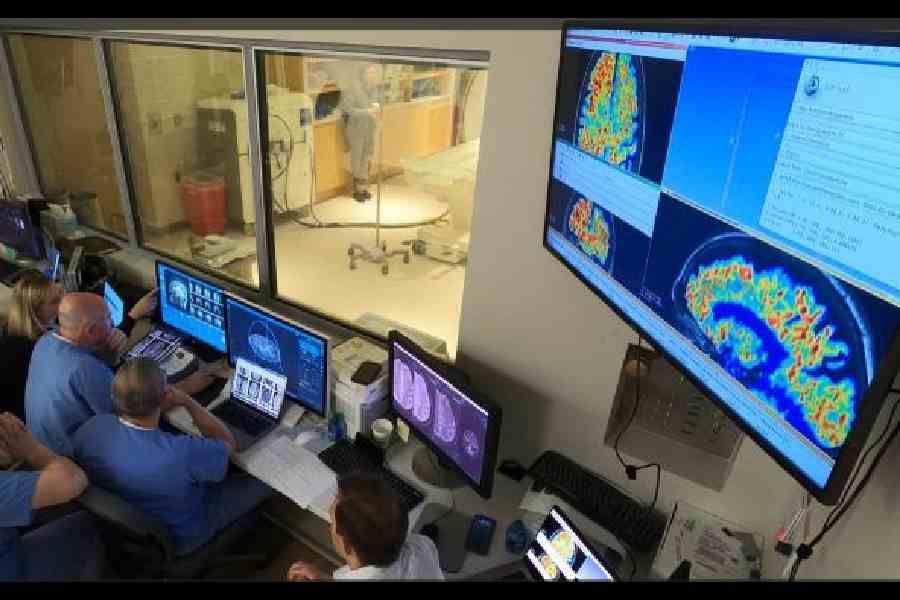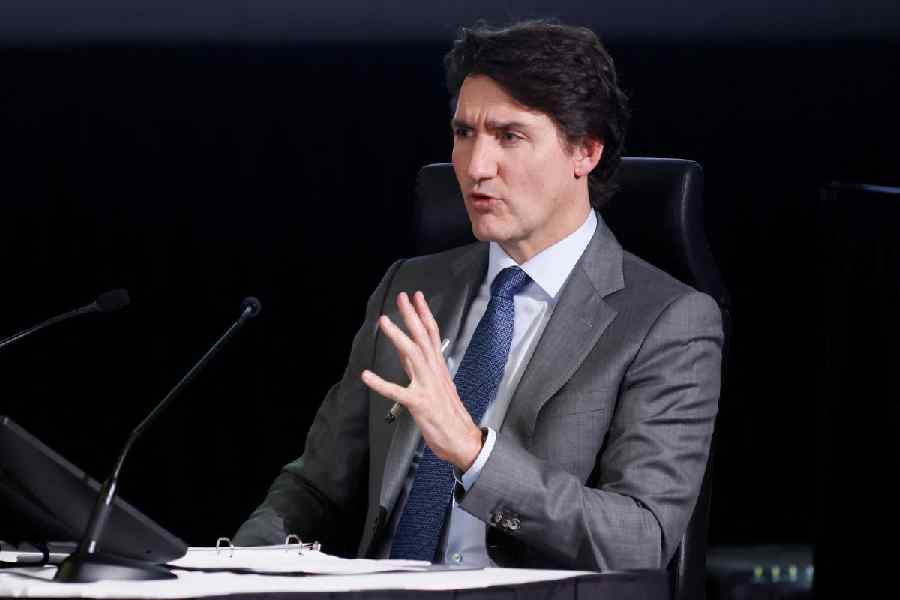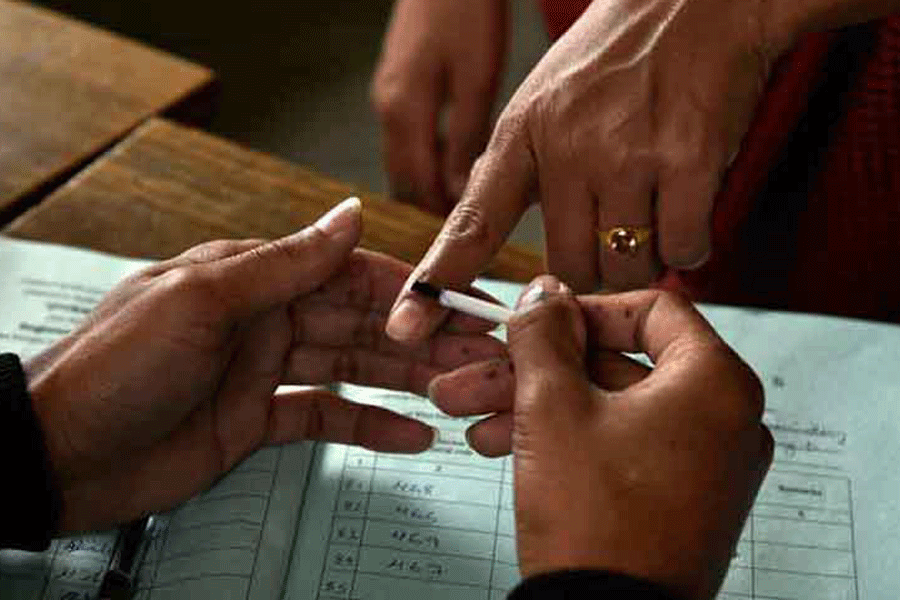There is a problem with the recently approved Alzheimer’s drug, Aduhelm. Although it can remove some of the amyloid that forms brain plaques that are hallmarks of the disease, most of the drug is wasted because it hits an obstacle — the blood-brain barrier that protects the brain from toxins and infections.
Researchers wondered if they could improve that grim result by trying something different: they would open the blood-brain barrier for a short time while they deli-vered the drug. Their experimental method was to use highly focused pulses of ultrasound along with tiny gas bubbles to pry the barrier open without destroying it.
The investigators at the Rockefeller Neuroscience Institute at West Virginia University, US, reported their results in The New England Journal of Medicine. When the barrier was opened, 32 per cent more plaque was dissolved, said Dr Ali Rezai, a neurosurgeon who led the study. The group did not measure the amount of antibody getting in — that would require radioactively labelling the drug — but in animal studies, opening the barrier allowed five to eight times more antibodies to enter the brain, Rezai said.
It was a preliminary safety study — the first stage in research — and not designed to measure clinical outcomes.
But when the results were presented at a recent meeting, “our mouths opened”, said Dr Michael Weiner, an Alzheimer’s researcher at the University of California, US, who was not involved in the study.
It was an innovative but difficult approach to a problem thatDr Walter Koroshetz, director of the National Institute of Neurological Disorders and Stroke, deemed one of the most challenging in treating brain diseases: how do you get drugs into the brain?
Antibodies such as the drug aducanumab are extremely expensive. One reason for the high price, Koroshetz said, is that only 1 per cent of the antibodies injected slip past the blood-brain barrier.
Finding a safe way to open that barrier took over a decade, though. Investigators understood how the barrier worked, but opening it without causing any damage meant keeping it open for just a short time.
The barrier is at the ends of several major blood vessels that supply the brain. As they enter the head, the vessels branch and divide until, at their tips, they form narrow capillaries with extremely tight walls. This barrier keeps large molecules out and allows small molecules such as glucose and oxygen to get in. The challenge was to pry those walls open without ripping the capillaries apart.
The solution turned out to have two components. First, patients are injected with tiny microbubbles of perfluorocarbon gas. Then, pulses of low-frequency ultrasound are focused on the area to be treated. The ultrasound pulses set up waves in the fluid in blood vessels; the microbubbles rapidly expand and contract with the waves. This pries open the vessels without damaging them, providing entree into the brain.
Microbubbles are used routinely in ultrasound imaging studies of the heart and liver because they light up, revealing blood flow. They are filtered out of the body by the kidneys and liver.
Although the focused ultrasound approach proved successful as an experiment, all was not rosy. The device was designed to deliver ultrasound to a small targeted area, but in cases of Alzheimer’s, amyloid-containing plaque is all over the brain.
“If you want to get amyloid out of the brain, you want to go in with a paintbrush, not a pencil,” Koroshetz said.
The researchers deliberately hit brain areas involved with memory and reasoning, but it remains to be seen whether the treatment improves outcomes. The Alzheimer’s study is just one of several that involve opening the barrier to deliver drugs to patients with a variety of brain diseases. All are in early stages, and all, so far, show that the method works; drugs that were blocked get in.
NYTNS










